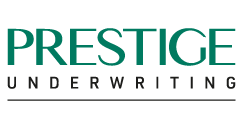Are there any circumstances where I cannot use my legal expenses cover or make a claim?
Legal expenses cover is designed to provide assistance in unforeseen legal situations. However, there are certain circumstances where you may not be able to use this cover or make a claim:
Existing Legal Issues
The cover cannot be used for any legal matter that is already in progress before obtaining the policy.
Awareness of Potential Claims
If you are already aware of a situation that could potentially lead to a claim, you may not be able to use the legal expenses cover for that specific issue.
Important: Check your policy booklet for the complete list of exclusions and limitations before pursuing a claim.






